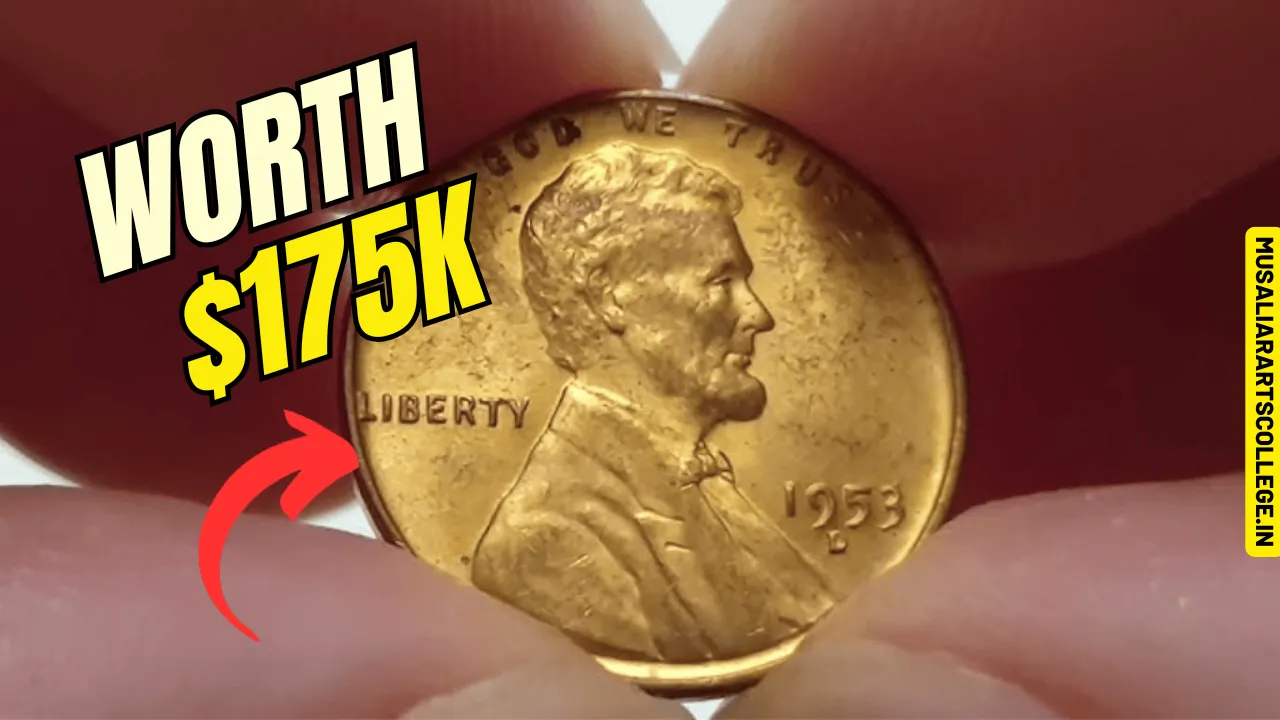8 Rare Dimes: The Rare Bicentennial Quarter is more than just a piece of American coinage; it’s a potential fortune hiding in plain sight. These coins, along with rare dimes and other quarters, continue to fascinate collectors due to their historical significance and extraordinary value. Some are so rare that they’ve fetched millions at auctions, transforming everyday pocket change into a thrilling treasure hunt.
In this article, we’ll explore eight rare dimes and the Rare Bicentennial Quarter, highlighting their unique histories, features, and market value. From minting errors to limited editions, we’ll uncover why these coins stand out. Whether you’re a seasoned collector or a casual enthusiast, understanding these rare coins could turn your next transaction into a golden opportunity.
Overview Table of Rare Coins
| Coin | Year | Key Feature | Value Range |
| 1894-S Barber Dime | 1894 | Only 24 minted, 9 surviving | Up to $2 million |
| 1916-D Mercury Dime | 1916 | Limited mintage, “D” mintmark | Over $100,000 |
| 1942/1 Error Dime | 1942 | Overdate error (“1” over “2”) | $1,000–$30,000 |
| 1873-CC Liberty Seated Dime | 1873 | Carson City mint, pre-standard weight | Hundreds of thousands |
| 1916 Standing Liberty Quarter | 1916 | Limited mintage, unique design | $10,000–$100,000 |
| Rare Bicentennial Quarter | 1976 | Minting errors, silver proof versions | Thousands of dollars |
The 1894-S Barber Dime: A Numismatic Gem
The 1894-S Barber Dime is a legendary coin and one of the rarest in American history. With only 24 pieces minted and nine known to exist today, its scarcity is unmatched. Rumored to have been created as a special gift for San Francisco Mint officials, its mystery adds to its allure. Collectors are willing to pay up to $2 million for this dime, making it a true crown jewel.
Mercury Dimes: Two Iconic Rarities
1. The 1916-D Mercury Dime
The 1916-D Mercury Dime is a collector’s dream, thanks to its low mintage of just 264,000 pieces. Its defining feature is the “D” mintmark on the reverse, symbolizing the Denver Mint. Coins in pristine condition often exceed $100,000 in value.
2. The 1942/1 Error Dime
A rare minting mistake led to the creation of the 1942/1 Error Dime, where the “1” was struck over a “2.” This unique feature is visible under magnification and makes these dimes worth between $1,000 and $30,000.
The 1873-CC Liberty Seated Dime: A Western Treasure
The 1873-CC Liberty Seated Dime, minted in Carson City, represents the rugged history of the American West. Only 12,400 were produced before a weight standard change, and well-preserved examples can fetch hundreds of thousands of dollars. The “CC” mintmark is a hallmark of this coin’s historical and monetary significance.
Standing Liberty Quarter: The 1916 Masterpiece
The 1916 Standing Liberty Quarter is notable for its short-lived original design, which was modified the following year. With just 52,000 minted, it’s an incredibly rare piece. Collectors prize high-grade specimens, which can command prices ranging from $10,000 to $100,000.
Rare Bicentennial Quarter: America’s Commemorative Treasure
The Rare Bicentennial Quarter, issued in 1976 to celebrate America’s 200th birthday, is both iconic and valuable. While most of these quarters are common, special proof versions made from 40% silver and those with minting errors, such as doubled dies, are highly sought after. These coins can sell for thousands of dollars, particularly if they are in mint condition.
How to Identify Valuable Coins
Knowing how to spot a rare coin is crucial for both collectors and treasure hunters. Here are some tips:
- Check Dates
- Look for significant years like 1894, 1916, and 1942.
- Inspect Mint Marks
- Identify rare mintmarks such as “D,” “S,” and “CC.”
- Spot Errors
- Examine coins for doubled images, overdates, or off-center strikes.
- Handle With Care
- Avoid cleaning coins, as this can reduce their value.
- Use Magnification
- Small details like minting errors can be easier to detect with a magnifying glass.
FAQs
1. What makes a Bicentennial Quarter valuable?
The value comes from its composition (40% silver in proof versions) and minting errors like double-die obverses.
2. How can I tell if I have a rare Mercury Dime?
Check the date and mintmark. The 1916-D and 1942/1 are the most valuable.
3. Why is the 1894-S Barber Dime so rare?
Only 24 were minted, likely as presentation pieces, and only nine are known to survive.
4. Should I clean my rare coins?
No. Cleaning can damage the coin’s surface and significantly reduce its value.
5. Where can I get my coin evaluated?
Certified numismatists or professional grading services like PCGS or NGC can provide accurate assessments.
Final Thoughts
The world of rare coins, including the Rare Bicentennial Quarter, offers a fascinating glimpse into history and the thrill of potential wealth. Whether you’re a collector or just curious about the coins in your pocket, paying attention to details can uncover a hidden treasure.
Have you ever found a valuable coin? Share your stories in the comments, and don’t forget to check your change—you might be holding a piece of American history worth a fortune!
Read Also












